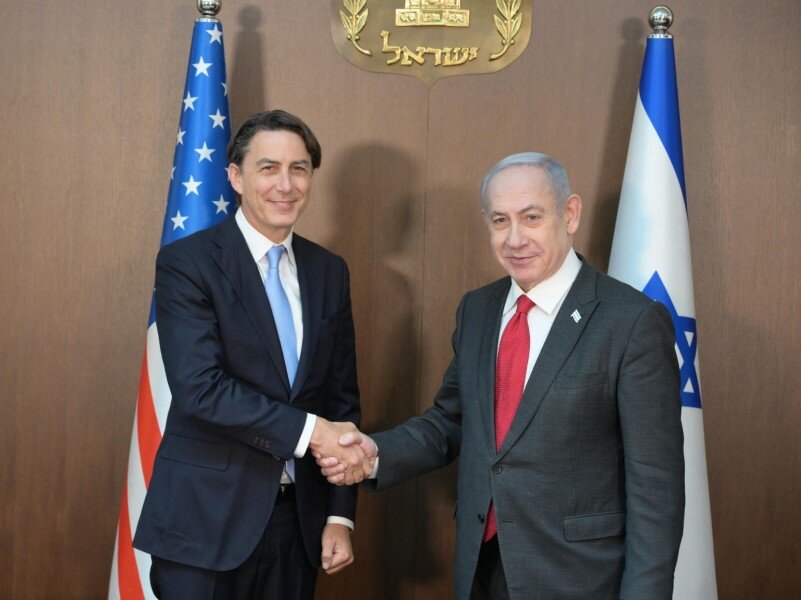War on Lebanon: Israel stuck between Scylla and Charybdis

TEHRAN - The latest trip of US envoy Amos Hochstein to the region bears the hallmark of Washington’s political maneuvering in the wake of the Israeli military’s predicaments.
Hochstein held talks with Lebanese officials in Beirut on Tuesday and Wednesday ostensibly to broker a ceasefire between Israel and Hezbollah.
"The meeting today built on the meeting yesterday, and made additional progress," Hochstein said on Wednesday after his second meeting with Parliament Speaker Nabih Berri.
The United States proposed a ceasefire plan a week ago with the aim of ending Israel’s war on Lebanon.
According to the US-drafted agreement, the Israeli army should withdraw from Lebanon within a week. The Lebanese army would then be deployed along the border in southern Lebanon and Hezbollah would end its military presence in the area. The truce is believed to be in line with efforts to fully implement UN Resolution 1701 that ended the 2006 war between Israel and Lebanon.
Reports indicate that the Lebanese government and Hezbollah have agreed to the US ceasefire proposal, although with some comments.
However, Prime Minister Benjamin Netanyahu has indicated that Israel would continue to operate militarily against Hezbollah even if a deal is reached.
Israel went on the offensive against Lebanon in September, mounting airstrikes across wide parts of the Mediterranean country. The regime later carried out a ground offensive in Lebanon on October 1.
Israel and Lebanon began exchanging fire a day after Israel launched war on Gaza on October 7 last year. Hezbollah has carried out the attacks in solidarity with Palestinians in Gaza.
Tens of thousands of people have been displaced in northern Israel and southern Lebanon amid the exchange of fire.
Netanyahu has said that his army’s widespread strikes in Lebanon are aimed at securing the return of people evacuated from the north.
Israel has killed more than 3,500 people in Lebanon since October last year. The regime has also assassinated top Hezbollah officials including, Sayyad Hassan Nasrallah, the movement’s leader.
But Israel has failed to deter Hezbollah from firing rockets and drones into Israel. The Lebanese resistance movement has hit sensitive Israeli military sites in Tel Aviv and Haifa. Hezbollah fighters have also killed more than 100 Israeli troops in southern Lebanon since the start of the regime’s ground incursion more than a month ago.
Currently, Israel has been caught between the devil and the deep blue sea. If the regime ended the war on Lebanon, it would amount to conceding defeat. And if Netanyahu prolongs the war, more Israeli soldiers will fall victim to the regime’s warmongering in southern Lebanon.
Against the backdrop of such developments, the US ceasefire proposal could provide a lifeline for Israel.
Hochstein’s regional trip is also in line with the political ploys of the White House to distract from Israel’s military setbacks.
Leave a Comment